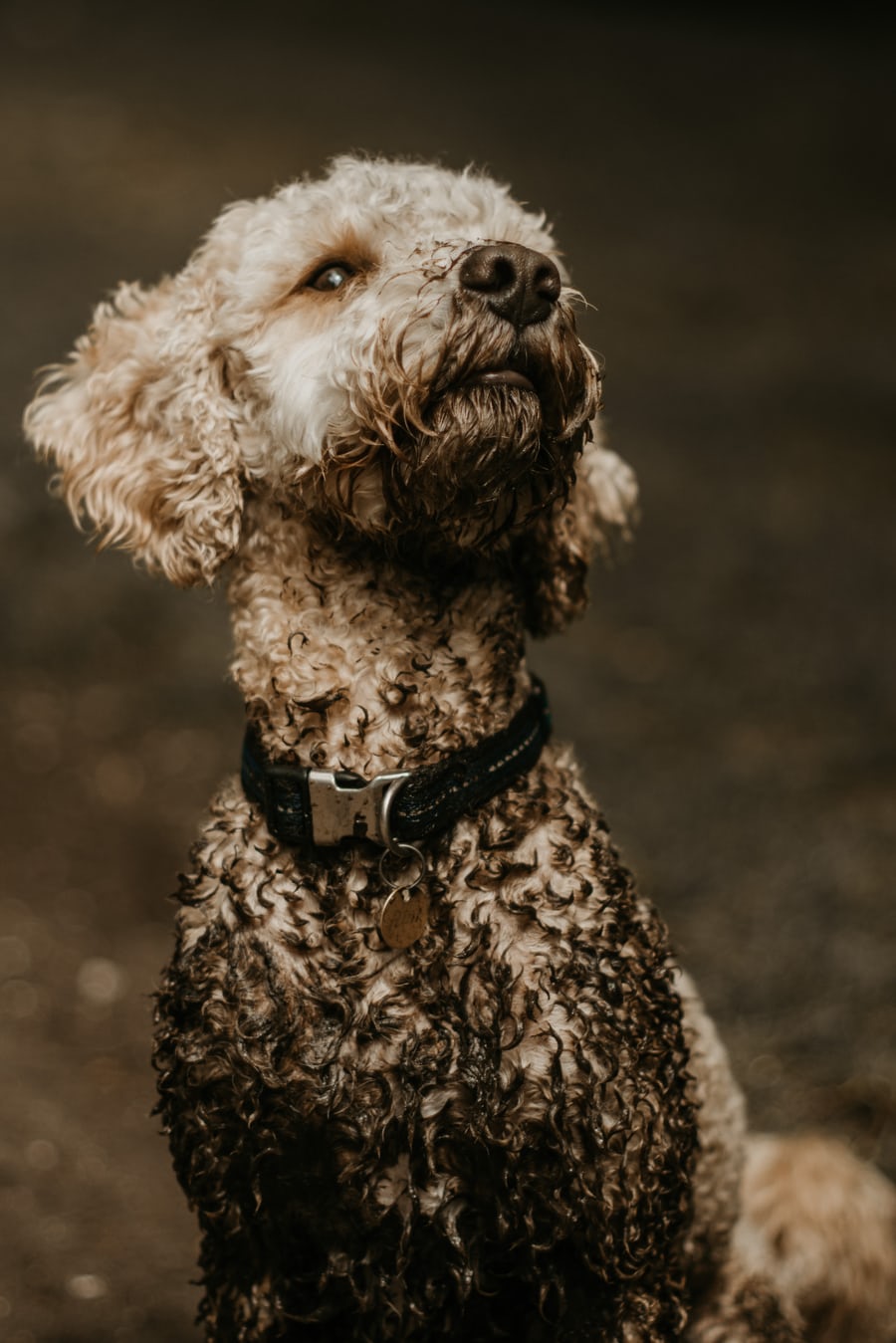All clients are important. They should be made a priority, respected and given 100% effort to help them solve their business problem(s).
Each client is different. Maybe they’re focused on consumer communications. Or B2B. Maybe they’re looking for more strategic help or creative or having a production focus. Some have smaller budgets and some larger. Some are focused on blocking and tackling deliverables and some on winning awards. Much too often a one size fits all treatment is used by agencies. The agency solution must be customized to each client’s needs. These differences should be a consideration when building and managing an agency.
Another consideration is diversification. In today’s climate, the importance of diversifying continues to grow. With the average client relationship lengths decreasing, in-house studios growing and total budgets shrinking, having a diverse client set of clients to mitigate the risk of loss is important.

One way to view diversification is by looking at the agency client roster as a portfolio, just like the stock market. We all took an introductory finance class that talked about putting stocks into four categories:

RISING STARS:
High market share in a
growth market
QUESTION MARKS:
Low market share in a
growth market
DOGS:
Low market share in a
slowing market
CASH COWS:
High market share in a slowing market
The same approach can be used for analyzing your client roster:
- STARS: established clients that want/expect award-winning, breakthrough work. Ability to create great work to propel them upwards.
- COWS: stable clients that have a large volume of work, potentially needing blocking/tackling support and where the ability to do breakthrough work is less common. They are a known brand and are of good size.
- QUESTION MARKS: less established clients that with breakthrough work, could springboard their business to become well-known.
- DOGS: hopefully you don’t have any of these but it could be a relationship that is trending the wrong way. Or there aren’t a lot of opportunities.
So to develop a client portfolio strategy:
- For each client, determine which bucket they fit into. Be transparent/realistic.
- Once done, look at how diversified your offering is as across the total agency.
- Determine where there are gaps (in general, it’s good to have a few in each of the main three categories).
This strategy can help you manage your resources and agency effort, as well as when tied in with your new business strategy, help identify areas of growth.
So, what does your agency’s client portfolio look like?
For more marketing thoughts, please see my blog at: brianphelpsconsulting.com/passion



